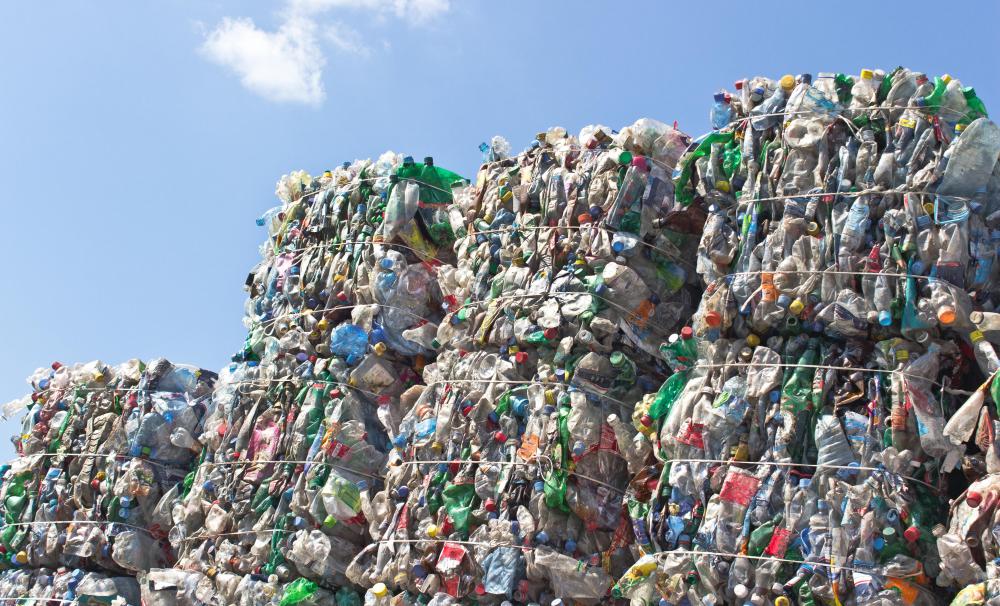At HomeQuestionsAnswered, we're committed to delivering accurate, trustworthy information. Our expert-authored content is rigorously fact-checked and sourced from credible authorities. Discover how we uphold the highest standards in providing you with reliable knowledge.
What Are the Pros and Cons of Plastic Ceiling Tiles?
Plastic ceiling tiles made from PVC or other plastics are a common finish option for home and commercial ceilings. These tiles offer an affordable alternative to traditional gypsum or metal tiles, and are often painted to resemble classic tin ceilings. While plastic ceiling tiles offer a number of advantages, they may not be the most effective choice for all projects. Users can often find a wide variety of these tiles at a relatively low price, but they may not always meet expectations in terms of finish and authenticity. These tiles may hold up better than gypsum or metal under specific conditions, but don't offer the same advantages in terms of longevity and strength.
One of the major appeals of plastic ceiling tiles is their low cost compared to standard tin, copper, or even gypsum. They allow homeowners to quickly and affordably finish a ceiling, and come in many finishes to suit the needs of different applications. Many are embossed to resemble classic tin designs, and come pre-painted with metallic paint so that they closely resemble real metal.

Buyers can choose from plastic ceiling tiles with intricate patterns and designs, or units that are relatively basic. This makes it easy and affordable to match an existing tile, or even to complete a historic preservation project. Despite the variety of finish options, buyers should also be aware of the potential drawbacks of these tiles. Cheap or low-quality plastic ceiling tiles look nothing like real metal, and add little to a room. Many of these tiles can't be painted like metal, which means they must be replaced if homeowners wish to redecorate.
PVC and similar plastics used to make plastic ceiling tiles offer natural resistance against moisture and humidity damage, and won't rust or corrode like tin. Unlike gypsum, they are also resistant to mold, pests, or rot. Unfortunately, PVC is also associated with a phenomenon known as off-gassing, in which chlorine gases escape from the plastic and impact air quality in the home. These tiles are also made from thermoset plastics, which means they can't be recycled like metal or gypsum tiles.
For those looking to maximize installation options, plastic ceiling tiles combine the features of both tin and gypsum. Some models can be nailed in place like a standard metal tile, while others drop into a ceiling grid, similar to gypsum. These tiles are also very lightweight, which makes them easy to cut and install. Their lightweight construction may be a drawback in terms of long-term performance and impact resistance, leaving these tiles susceptible to cracks or other damage.
AS FEATURED ON:
AS FEATURED ON:











Discuss this Article
Post your comments